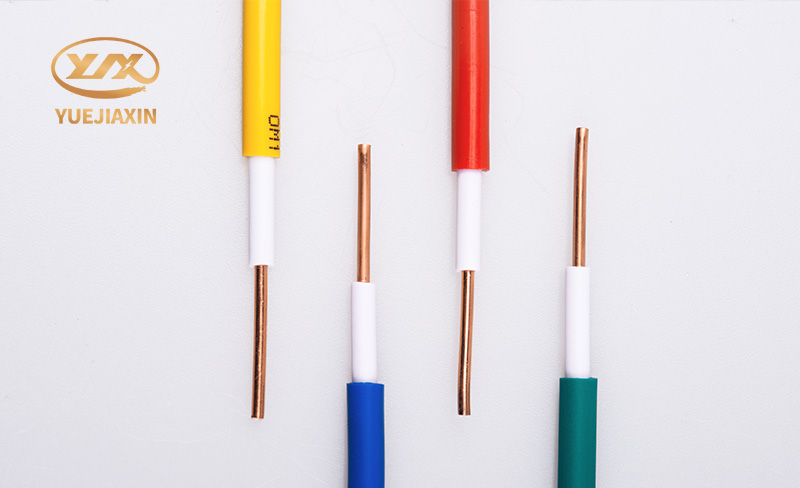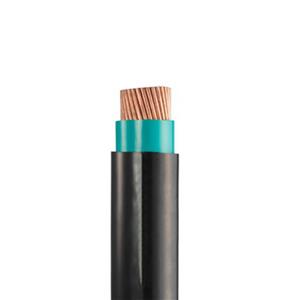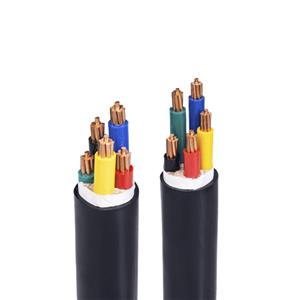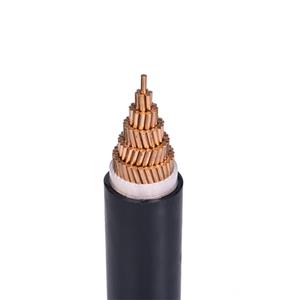Aging wires = potential hazards
Because most people do not understand the hazards of aging electrical wires, or they do not have the awareness to replace wires. Now many families are still using old wires from many years ago, which buries greater hidden dangers to family safety.
There are insulating protective layers outside the wires, which have the function of protecting the conductive metal core. Wire line aging means that the insulating protective layer of the wires has been exposed to light and temperature changes for a long time, and has lost its insulation and protection functions under the influence of factors such as cold and hot shocks, corrosive gases, and electrical loads.
How to deal with line aging? The most reliable way to deal with the aging of electrical lines is to remove them all and replace them with new ones. Because circuit aging is a very serious safety hazard. It is different from a local fault in the circuit, which can be repaired at any time. It may cause major accidents such as electric shock and fire at any time.

How to identify circuit aging? Detecting the aging of electrical circuits is not the "patent" of electricians. Here are some tips on how to identify circuit aging. The most direct method is to calculate the number of years the wires have been used based on the factory date marked on the wires and determine whether the lines are aging. The general service life of wires is 20 years.
Second, calculate the time. If the house you live in has not been renovated, the wires used are still the wires used when they were built. From the date when the electrical appliances are used, the degree of wire aging can be inferred.
Third, check the appearance. If there are unreal connection points, thread detachment, insulation damage, insulation support detachment, abnormal odor when the wires are powered on, etc., it means that the line has aged.
Fourth, measure insulation. Use an ammeter and voltmeter to detect the insulation capacity of the wires. When it is detected that the insulation performance of the wires has decreased, it means that the wires should be replaced.
In addition to line aging, private wiring, overload use, wire short circuits, and line overcurrent protector installation that does not meet the requirements may all cause fires. This requires us to take preventive measures in our daily work and life and be careful of hidden fire hazards in the circuit.
When renovating and replacing electrical appliances and wires, you should buy good quality wires, electrical equipment and components. Don't buy three-no products for cheapness, and be more careful not to buy counterfeit and shoddy products.
The wires at home should be replaced in time. When replacing, you should find an electrician with a professional qualification certificate to prevent accidents caused by improper operation during replacement, and fire caused by short circuit of wires due to non-standard connection after replacement.
The safe current carrying capacity of wires is specified according to the thickness of the cross section. If the line is overloaded for a long time, it may cause a fire or burn the equipment used. Therefore, electrical appliances must be used within the carrying range of the wires. When the circuit fuse is blown due to overload at home, do not use copper wire or iron wire instead, and install a leakage protection device. When leaving home, be sure to turn off the electrical appliances and cut off the power supply to prevent overheating and fire caused by overtime use of home appliances.

Once a fire occurs in an electrical circuit, first cut off the power supply and call the fire department immediately. Then use a non-conductive fire extinguisher, such as a dry powder fire extinguisher, and never use a foam fire extinguisher. During the fire extinguishing process, keep a safe distance between people and fire-fighting equipment and live parts.




